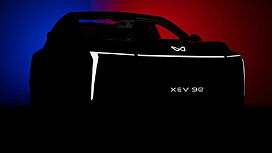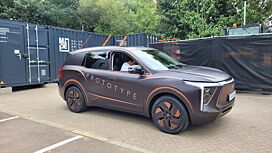Introduction

Hyundai launched the new Grandi10 Nios in India in a price bracket of Rs 4.99 lakhs to Rs 7.99 lakhs. It co-exists with the older Grand i10 mainly to target the urban customers looking for a fresh look, new technology and modern features.
Apart from a unique three-cylinder turbo-petrol, the new Nios is available in both petrol and diesel four-cylinder engine options. It gets the same 1.2-litre Kappa petrol and 1.2-litre CRDi diesel engine from its Grand i10 sibling. While the standard VTVT petrol churns out 81bhp of power and 114Nm of torque, the U2 CRDi diesel engine produces 74bhp of power and 190Nm of torque.
We take a look at the on-road performance of both these fuel options with engines mated to a five-speed manual transmission.
A. Acceleration
0-60kmph
0-100kmph
In the 0-60kmph sprint according to our V-BOX, the Asta 1.2 Diesel pulled off a reasonably quicker 4.98s than the Asta 1.2 Petrol that took 5.67s. This hints that the diesel will indeed be faster than the petrol in the city runs. The 0-100kmph times were almost same as the diesel manual clocked a 12.74s, while the petrol manual took 12.82s.

B. Roll on times
20-80kmph in third gear
40-100kmph in fourth gear
As against the petrol, we were sure the higher torque figure for the diesel will aid it post a better timing in our in-gear acceleration tests too. And indeed, this oil-burner did the 20-80kmph run in third gear in 11.2s and took just 13.16s to accelerate from 40-100kmph in the fourth gear. The petrol manual, on the other hand, accomplished the 20-80kmph roll-on in a slightly slower 13.11s. Meanwhile, it did take 20.38s, which is considerably more than expected to make progress in the 40-100kmph roll-ons in kick-down.
All these figures are a good indicator of drivability and performance of these variants. For an in-depth analysis, click here to read our complete road test of the new Hyundai Grandi10 Nios.


![Hyundai Grand i10 Nios [2019-2023] Image Hyundai Grand i10 Nios [2019-2023] Image](https://imgd.aeplcdn.com/272x153/n/cw/ec/35465/grand-i10-nios-exterior-right-front-three-quarter-2.jpeg?q=80)























